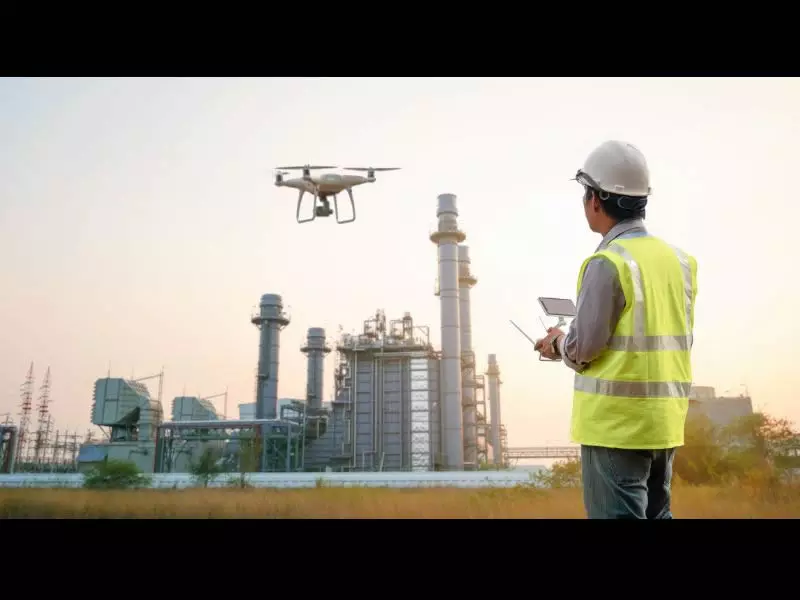6 Benefits of Drones in Construction

According to a study conducted in 2018 by McKinsey, construction projects across the country on average suffer through a 20% time delay in project handover and an astonishing 80% overrun in costs. These would be disruption-worthy statistics in any other sector, but the industry is a goliath that's slow to change. This lethargy is precisely why the industry's rapid adoption of drone technology in the past few years is being welcomed by stakeholders at all levels and being hailed as close to a revolution as one can get. To underscore the importance of construction drone services further, another study conducted by PwC uncovered numerous areas within construction projects where drones have cut planning and surveying costs, increased efficiency & accuracy, and eliminated disputes. Little wonder why drone construction services are currently in hot demand at construction projects all across Western Massachusetts.
Industry-wise adoption of drone technology

While there's no arguing the fact that drones have become an almost essential service at construction projects across Western Massachusetts and beyond, there are benefits beyond the obvious of visual data collection and cost savings.
Here are six benefits of construction drone services:
High-definition images on demand

Construction sites are a hotbed of contractors and sub-contractors, all vying for space and materials to execute their projects within set timelines. Timelines that, more often than not, are constantly being revised to account for delays and unforeseen complications. This uncertainty is where the true advantage of drone construction services and site monitoring comes into play for construction site managers. Drones can provide high-quality images of the entire site on demand, and in just a few hours, site managers have essential data available to them to take critical decisions on the fly. Most importantly, the visual data provides a tangible update to all stakeholders as to what has been completed and pending so that everyone is operating under the same deadlines and assumptions.
Accurate construction and survey data acquisition

Before adopting drones, missed data points in a survey would require someone to drive to the location physically, set up the survey equipment, and collect the data to fill in the gaps. Time-consuming and expensive, to say the least, this method also required a lot of manpower, equipment, and, most importantly, time. These days though, drones can plug critical data gaps in a matter of minutes with drone flights that are planned in no time and need only a few people to execute. It is not uncommon for a single drone flight to result in a wealth of data such as GPS points, 2D and 3D elevations, distances, surfaces, volumes, and more. When combined with photogrammetry software, this data results in highly accurate digital terrain and surface models.
Massive savings in time and cost
By far and away, the most impactful benefit of drones in construction is the savings in time and money associated with tasks such as surveying and data collection. What typically would take teams of people driving or walking for hours on end to measure data points manually can now be done by a small group in a matter of hours. Drone services in construction reduce manpower, equipment, and environmental impact and improve job-site safety exponentially.
Better reconciliation with contractors & sub-contractors
Construction is a team effort, and as is the case with all manual tasks, mistakes will be made from time to time. Having accurate and quickly retrievable information to settle disputes is a fantastic benefit that drones provide. Detailed imagery, video, and data allow all stakeholders involved to dive deep into the problem, what caused it, who was at fault, what was done to rectify it, and what everyone can learn to improve the process as a whole.
Remote access to site data
It is not uncommon for construction companies to have active projects all across Western Massachusetts at any given time. This used to cause a lot of stress on-site and project managers as they would have to spend considerable time traveling to and from individual locations to assess progress, resolve any issues, and align tasks with set deadlines and budgets. These days though, remote access to drone imagery means that managers can quickly and efficiently take stock of site situations without ever having to leave office.
Safer job sites
Ultimately, the most tangible benefit of drones in construction is their ability to make job sites a safer place to work. Site managers no longer have to send people into risky areas to get a first-hand view of progress or issues, and drones with a bird's eye view of the site can spot potential hazards before they manifest into workplace injuries.

